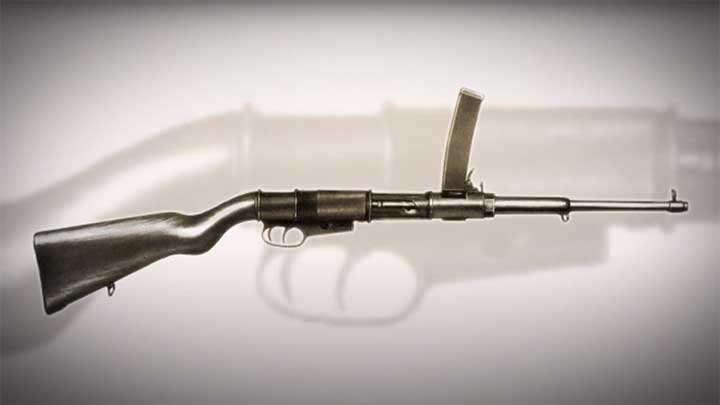
During World War I, Italy developed and fielded the first viable submachine gun design, the Villar Perosa, in 1915. Chambered in 9 mm, the Villar Perosa was famously used as a twin-mount anti-aircraft gun, despite the small caliber. It fed from a top-mounted, 25-round, curved box-magazines and featured a bipod and the option of an attaching crew shield for use as a light machine gun.
Later in the war, the Villar Perosa design was modified into a handheld infantry weapon. One version was the Villar Perosa OVP 1918, the other was the Beretta Model 1918. Both used the top-feeding magazine design feature. The Beretta Model 1918 was favored and became the first true submachine gun issued to Italian forces and possibly the first submachine gun to be in general issue. The Model 1918 was later modified after the war resulting in the semi-automatic Beretta Model 1918/30, which had the magazine inserted at the bottom instead of the top and came with a bayonet.
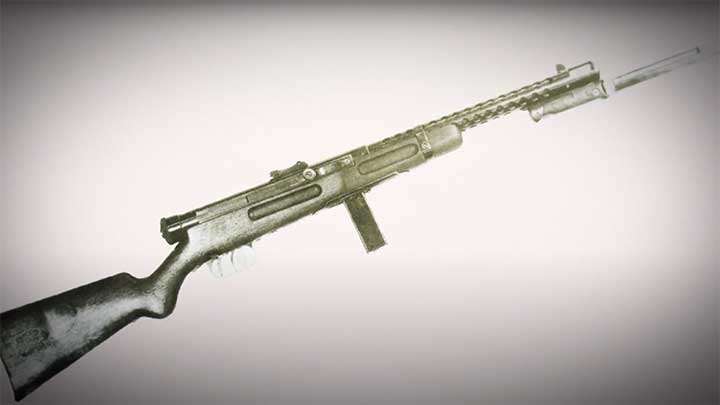
In 1935, Beretta's chief engineer Tullio Marengoni revisited the designs of the Model 1918 and 18/30 and modified them into a new submachine gun. This new design was known as the Moschetto Automatico Beretta (Musket Automatic Beretta) 1938, MAB 38 or Beretta Model 1938 submachine gun chambered in 9 mm. The Model 1938 was an open-bolt, direct-gas-blowback submachine gun fed by a detachable box-magazine mounted on the underside of the action. It featured a fixed wooden rifle-style stock, a heat-venting barrel shroud and recoil compensator at the end of the muzzle.
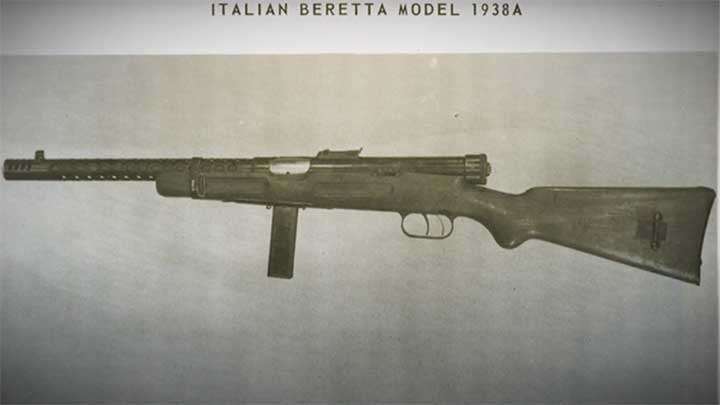
One of the most unique features of the Model 1938 is its use of two trigger-shoes inside the trigger guard for select-fire. The front trigger is for semi-automatic, while the rear trigger is for full-automatic fire. A separate safety lever is located on the right side of the receiver-tube just above the stock.
The Model 1938 was presented to Italian authorities in 1939 and initially purchased by the Italian Ministry of Colonies for use as a policing arm by the Italian Africa Constabulary. Initially, the Italian Army saw little value in the Model 1938 as an infantry weapon, but requested that the design be modified per their specifications, which included the deletion of the bayonet feature and simplification of components like the recoil compensator. This resulted in the Beretta Model 1938A, which was used by Italian Army units starting in 1941, though initially limited to paratroopers, military police and other elite units.
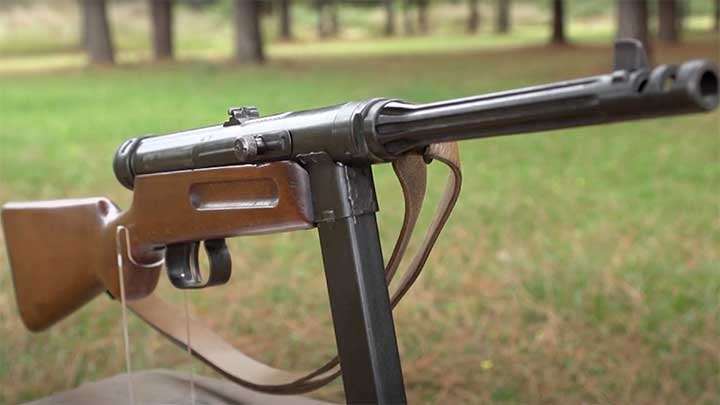
As the war grew, further simplifications were made to the design for wartime economy and ease of production. Finely machined parts of the design were either redesigned or eliminated. The length of the stock and barrel were shortened. The barrel shroud was replaced in favor of a fluted barrel, and the receiver construction changed from machined to stamped steel, resulting in the Model 38/42. The Italians later fielded the Model 1938 series as a standard infantry weapon and loaded hotter 9 mm cartridges specifically for it in an attempt to increase range and power.
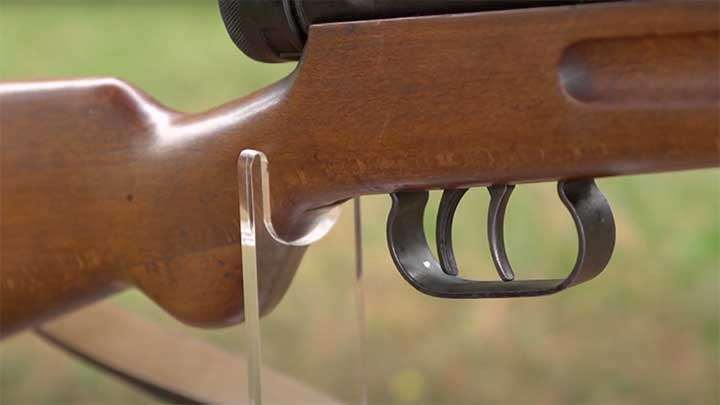
Later, more simplified versions of the Model 38/42 emerged, which included the Model 38/43 and 38/44. In these variants, parts were simplified, and the fluting on the barrel was eventually replaced to ease production further. The other main differences were the simplification of the bolt and replacement of the operating spring guide with a large-diameter recoil spring.
The Model 1938 series proved to be a reliable and robust design during the war and was very popular among Axis forces as well as Allied troops that captured them. The design was so popular that even after Italy capitulated on September 8, 1943, the Germans continued to produce it under the name of MP 738(i) for the Model 38/42 and MP 739 for the Model 38/44. The Germans continued to use and produce variants of the Model 1938 until the end of the war in 1945.
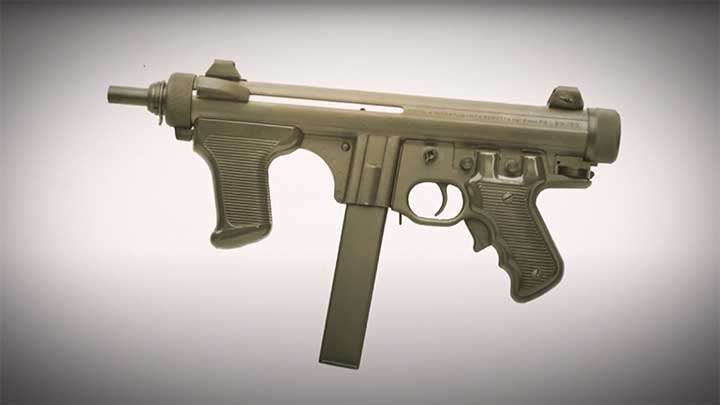
After the war, the Model 38/44 production continued with modifications resulting in the Model 38/49 series. The Model 38/49 was produced in four different sub-variations for use by Italian police as was as for several other nations until production ceased in 1961. By that point, the principles of the Model 1938 design were used in the creation of another classic Italian submachine gun, the Beretta M12, which is still used today.
To watch complete segments of past episodes of American Rifleman TV, go to americanrifleman.org/artv. For all-new episodes of ARTV, tune in Wednesday nights to Outdoor Channel 8:30 p.m. and 11:30 p.m. EST.


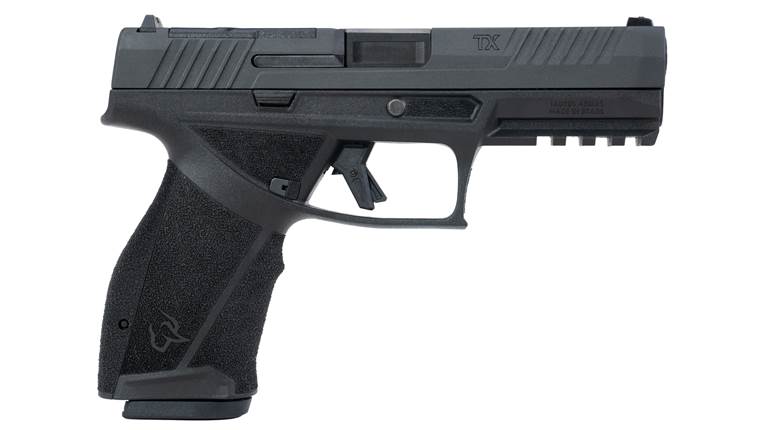
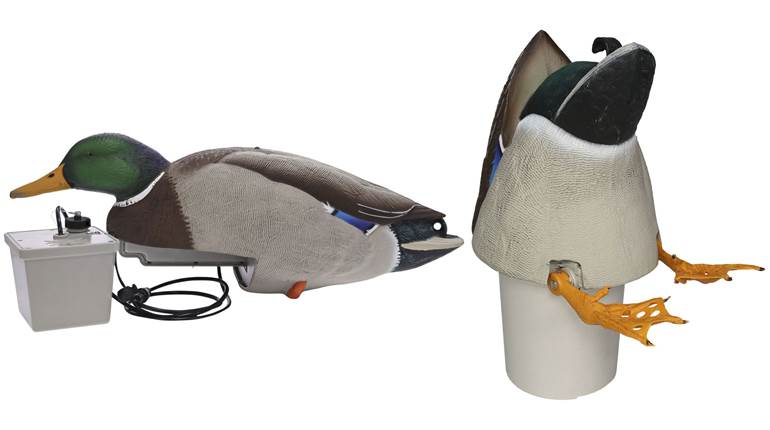





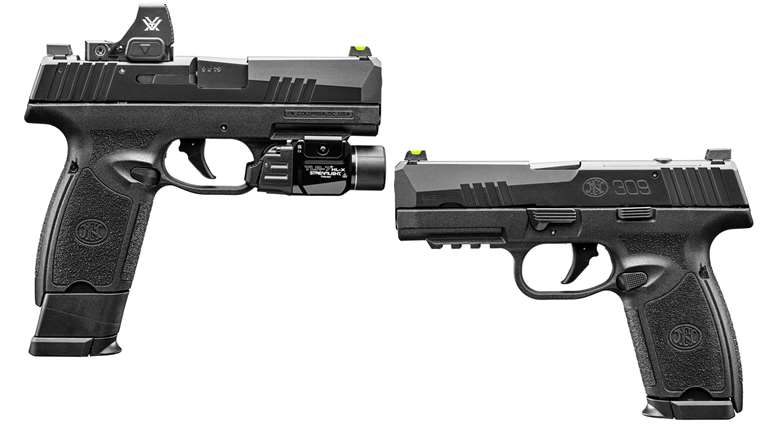
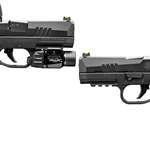

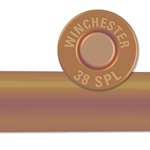
![Oconnor Small[67]](/media/bu2le2tp/oconnor-small-67.jpg?anchor=center&mode=crop&width=770&height=430&rnd=134126774953630000&quality=60)
![Oconnor Small[67]](/media/bu2le2tp/oconnor-small-67.jpg?anchor=center&mode=crop&width=150&height=150&rnd=134126774953630000&quality=60)









